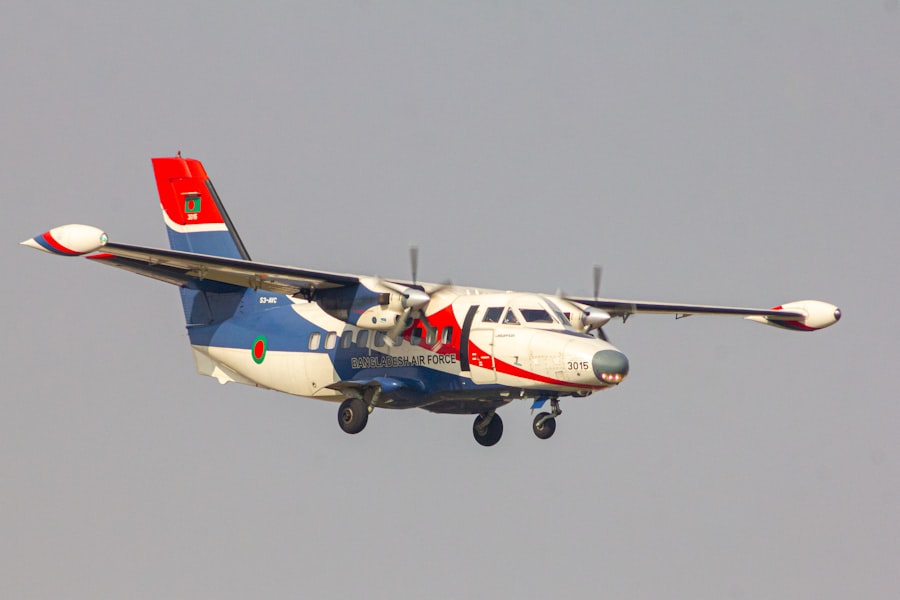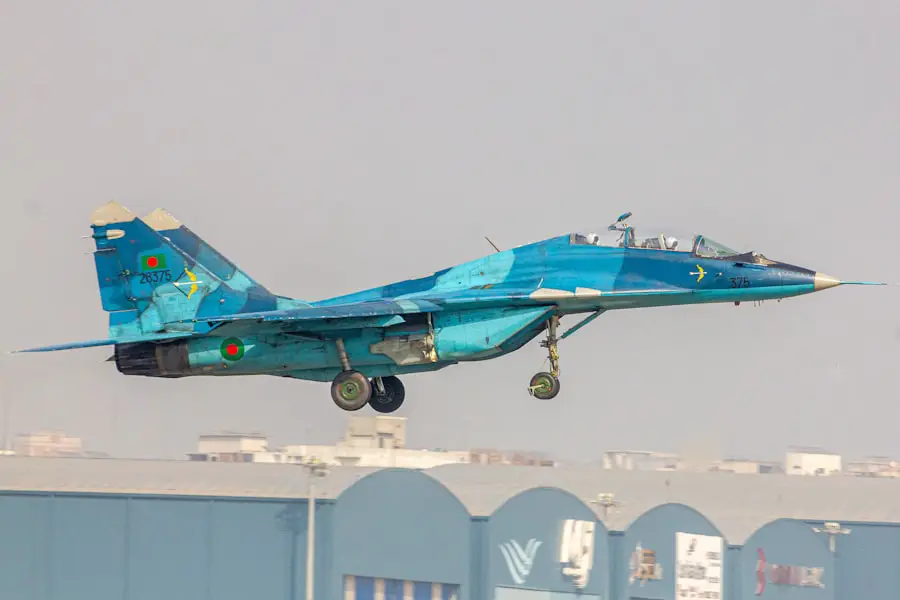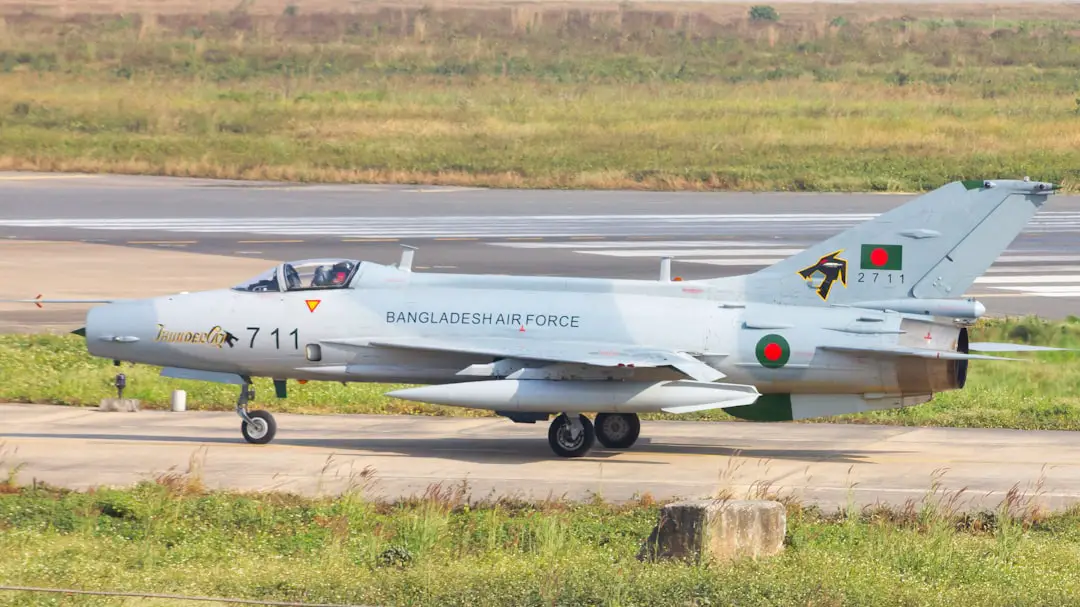The history of commercial airlines is a fascinating journey that traces back to the early 20th century, a time when aviation was still in its infancy. The first recorded instance of a commercial flight occurred on January 1, 1914, when the St. Petersburg-Tampa Airboat Line launched a service between the two Florida cities.
Petersburg, and marked the beginning of a new era in transportation. Although this initial venture was short-lived, it laid the groundwork for the future of air travel, demonstrating the potential for aircraft to transport people over considerable distances.
As the years progressed, the commercial aviation industry began to take shape, particularly after World War
The war had accelerated advancements in aircraft technology and production, leading to a surplus of military planes that could be repurposed for civilian use. In the 1920s and 1930s, airlines such as Pan American Airways and Transcontinental Air Transport emerged, offering scheduled flights and connecting major cities. The introduction of the Douglas DC-3 in the 1930s revolutionized air travel by providing a reliable and comfortable means of transportation, capable of carrying passengers and cargo alike.
This aircraft became a symbol of commercial aviation’s growth, as it allowed airlines to expand their routes and improve service quality.
Key Takeaways
- Commercial airlines have a rich history dating back to the early 20th century, with the first scheduled commercial flight taking place in 1914.
- The evolution of commercial air travel has seen significant advancements in aircraft technology, safety measures, and passenger comfort.
- Commercial airlines play a crucial role in the global economy by facilitating trade, tourism, and business travel on a massive scale.
- Technology has had a profound impact on commercial airlines, leading to improvements in fuel efficiency, navigation systems, and passenger connectivity.
- The future of commercial airlines is likely to be shaped by continued technological advancements, sustainability efforts, and changing consumer preferences.
The Evolution of Commercial Air Travel

The evolution of commercial air travel has been marked by significant milestones that have transformed the industry into what it is today. The post-World War II era saw an explosion in air travel demand, fueled by economic prosperity and the rise of the middle class. The introduction of jet engines in the late 1950s further revolutionized air travel, allowing airlines to operate faster and more efficient flights.
The Boeing 707, which entered service in 1958, was one of the first successful commercial jetliners and played a crucial role in popularizing international air travel. Its ability to fly longer distances at higher speeds opened up new markets and made air travel accessible to a broader audience. The deregulation of the airline industry in the United States in 1978 marked another pivotal moment in the evolution of commercial air travel.
Prior to deregulation, airlines operated under strict government control regarding routes and fares, which limited competition and innovation. With deregulation, airlines were free to set their own prices and schedules, leading to increased competition and lower fares for consumers. This shift not only spurred the growth of low-cost carriers like Southwest Airlines but also encouraged established airlines to enhance their services and expand their networks.
As a result, air travel became more affordable and widespread, fundamentally changing how people connect across the globe.
The Role of Commercial Airlines in Global Economy
| Metrics | Data |
|---|---|
| Passenger Traffic | Over 4 billion passengers annually |
| Cargo Transport | Over 50 million metric tons of goods annually |
| Economic Impact | Contributes over 1.5 trillion to global GDP |
| Employment | Employs over 10 million people worldwide |
| Connectivity | Links over 17,000 city pairs globally |
Commercial airlines play a vital role in the global economy by facilitating trade, tourism, and cultural exchange. They serve as a critical link between countries, enabling businesses to operate on an international scale and fostering economic growth. According to the International Air Transport Association (IATA), the aviation industry supports over 65 million jobs worldwide and contributes approximately $2.7 trillion to global GDP.
This economic impact is not limited to airlines alone; it extends to airports, ground services, and various ancillary industries that rely on air travel. Tourism is one of the most significant beneficiaries of commercial airlines, as they provide essential connectivity for travelers seeking new experiences around the world. The ease of access to distant destinations has led to an increase in international tourism, which in turn stimulates local economies through spending on accommodations, dining, and attractions.
For instance, countries like Thailand and Spain have seen substantial economic benefits from their tourism sectors, largely driven by the availability of affordable air travel options. Furthermore, commercial airlines contribute to cultural exchange by allowing people from diverse backgrounds to interact and share ideas, fostering greater understanding and collaboration on a global scale.
The Impact of Technology on Commercial Airlines
Technology has profoundly influenced every aspect of commercial airlines, from operations to customer service. The advent of computerized reservation systems in the 1960s revolutionized how airlines managed bookings and inventory. These systems allowed for more efficient scheduling and pricing strategies, ultimately enhancing the passenger experience by reducing wait times and improving accessibility to flight information.
As technology continued to advance, airlines began adopting sophisticated data analytics tools to optimize their operations further, enabling them to make informed decisions regarding route planning and capacity management. In recent years, advancements in aircraft design and materials have also played a crucial role in shaping the commercial aviation landscape. Modern aircraft are now equipped with fuel-efficient engines that significantly reduce operating costs while minimizing environmental impact.
For example, the Boeing 787 Dreamliner utilizes composite materials that make it lighter and more fuel-efficient than its predecessors. Additionally, innovations such as fly-by-wire technology have improved flight safety and performance by allowing pilots to control aircraft with greater precision. As technology continues to evolve, it is likely that we will see even more groundbreaking developments that will redefine air travel in the years to come.
The Future of Commercial Airlines

The future of commercial airlines is poised for transformation as the industry grapples with challenges such as climate change, evolving consumer preferences, and technological advancements. One significant trend is the increasing focus on sustainability within aviation. Airlines are exploring alternative fuels, such as biofuels and hydrogen, to reduce their carbon footprint and meet global emissions targets.
Companies like Airbus are actively developing concepts for zero-emission aircraft that could revolutionize air travel by eliminating greenhouse gas emissions altogether. Moreover, the rise of digital technology is reshaping how airlines interact with customers and manage operations. The integration of artificial intelligence (AI) into customer service platforms allows airlines to provide personalized experiences while streamlining processes such as check-in and baggage handling.
Virtual reality (VR) is also being explored as a tool for enhancing passenger experiences during flight preparation or even in-flight entertainment. As these technologies continue to mature, they will likely play an increasingly prominent role in shaping the future landscape of commercial aviation.
The Importance of Safety and Security in Commercial Airlines
Safety and security are paramount concerns for commercial airlines, as they directly impact passenger trust and operational integrity. The aviation industry has established rigorous safety standards that govern every aspect of airline operations, from aircraft maintenance to pilot training. Regulatory bodies such as the Federal Aviation Administration (FAA) in the United States and the European Union Aviation Safety Agency (EASA) enforce these standards to ensure that airlines adhere to best practices in safety management.
In addition to safety protocols, security measures have become increasingly stringent in response to evolving threats such as terrorism and cyberattacks. The implementation of advanced screening technologies at airports aims to detect potential threats while minimizing inconvenience for travelers. Furthermore, airlines are investing in cybersecurity measures to protect sensitive passenger data from breaches that could compromise safety or privacy.
By prioritizing safety and security, commercial airlines not only safeguard their operations but also foster confidence among passengers who rely on air travel for their journeys.
The Environmental Impact of Commercial Airlines
The environmental impact of commercial airlines has garnered significant attention in recent years as concerns about climate change intensify. Aviation is responsible for approximately 2-3% of global carbon emissions, prompting calls for more sustainable practices within the industry. Airlines are increasingly recognizing their responsibility to mitigate their environmental footprint through various initiatives aimed at reducing emissions and promoting sustainability.
One approach involves investing in more fuel-efficient aircraft that consume less fuel per passenger mile traveled. Additionally, many airlines are exploring carbon offset programs that allow passengers to contribute financially toward projects aimed at reducing greenhouse gas emissions elsewhere. For instance, some airlines partner with reforestation initiatives or renewable energy projects that help counterbalance their carbon output.
Furthermore, advancements in air traffic management systems can optimize flight paths to minimize fuel consumption during takeoff and landing phases.
The Customer Experience in Commercial Airlines
The customer experience in commercial airlines has evolved significantly over the years as competition intensifies and consumer expectations rise. Airlines are increasingly focused on enhancing passenger satisfaction through improved services and amenities both on the ground and in-flight. From streamlined check-in processes facilitated by mobile apps to personalized meal options catering to dietary preferences, airlines are leveraging technology to create a more enjoyable travel experience.
In-flight entertainment has also seen substantial advancements with the introduction of high-speed Wi-Fi connectivity on many flights, allowing passengers to stream movies or work remotely during their journey. Additionally, cabin design innovations aim to enhance comfort through ergonomic seating arrangements and improved cabin pressure systems that reduce fatigue during long-haul flights. As airlines continue to prioritize customer experience alongside operational efficiency, they are likely to invest further in innovations that cater to evolving traveler needs while maintaining competitive pricing structures.
The landscape of commercial aviation is continuously changing as it adapts to new challenges and opportunities presented by technological advancements, environmental concerns, and shifting consumer preferences. Each aspect—from safety protocols to customer experience—plays a crucial role in shaping how airlines operate today and will continue to evolve into the future.
If you’re a frequent traveler who loves exploring new destinations, you may also be interested in finding the best travel gifts for her. From practical items to stylish accessories, this article offers a variety of gift ideas that are perfect for the woman who is always on the go. Check out the best travel gifts for her to find the perfect present for the travel enthusiast in your life.
FAQs
What is a commercial airline?
A commercial airline is a company that provides air transportation services for passengers and cargo. These airlines operate scheduled flights on fixed routes, as opposed to charter airlines which operate on a more ad-hoc basis.
How do commercial airlines make money?
Commercial airlines make money by selling tickets to passengers for their flights. They also generate revenue from cargo services, in-flight sales, and partnerships with other companies such as credit card companies and hotel chains.
What are the major commercial airlines?
Some of the major commercial airlines include American Airlines, Delta Air Lines, United Airlines, Lufthansa, British Airways, Air France, Emirates, and Singapore Airlines. These airlines operate globally and are known for their extensive route networks and large fleets of aircraft.
What are the different classes of service offered by commercial airlines?
Commercial airlines typically offer three classes of service: First Class, Business Class, and Economy Class. First Class and Business Class provide passengers with more space, better amenities, and higher levels of service, while Economy Class is the standard seating option for most passengers.
How are commercial airlines regulated?
Commercial airlines are regulated by government agencies such as the Federal Aviation Administration (FAA) in the United States and the European Union Aviation Safety Agency (EASA) in Europe. These agencies set safety standards, oversee airline operations, and issue operating certificates to ensure that airlines comply with regulations.
